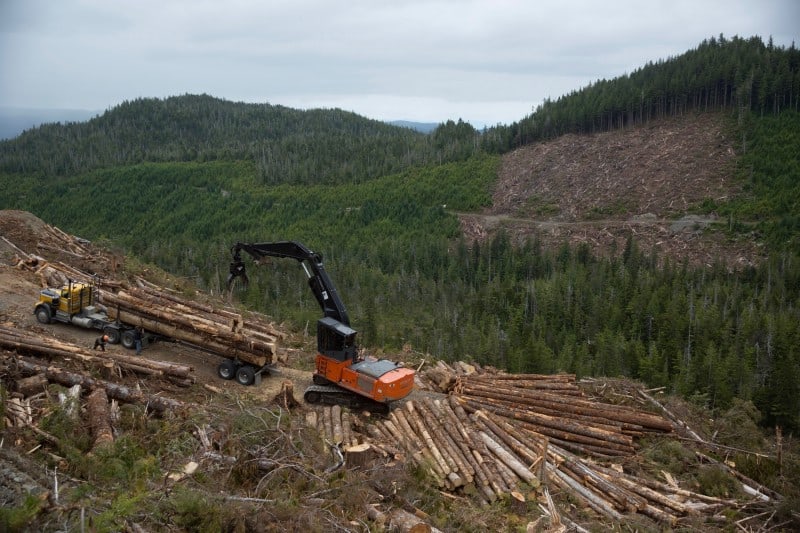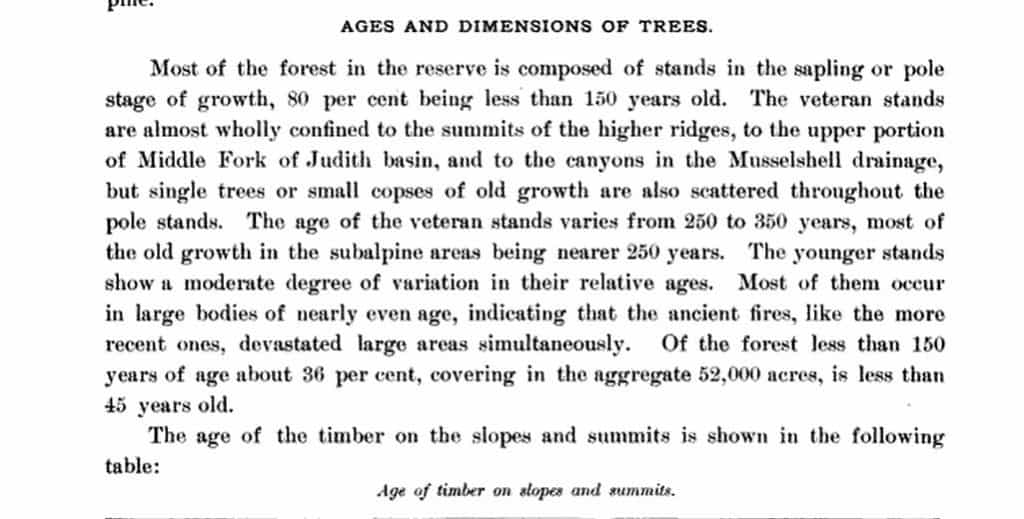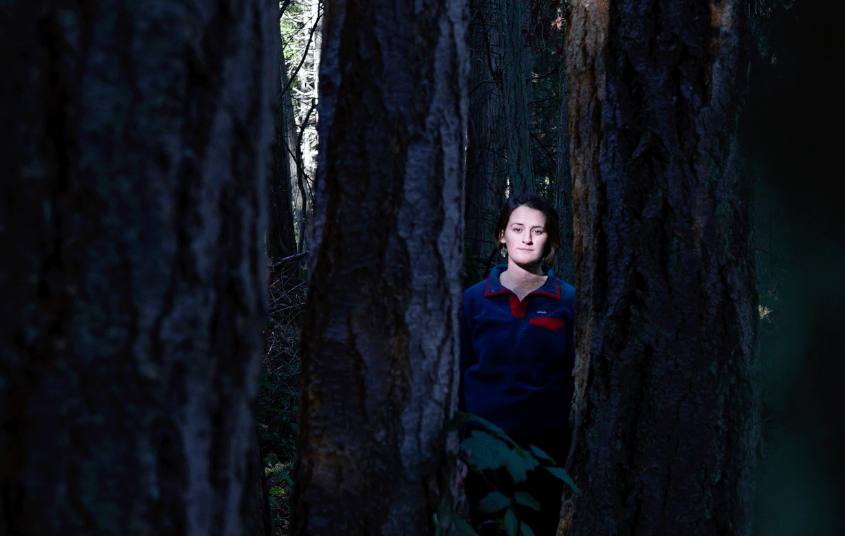Just received a press release from the Forest Resources Association:
Omnibus Legislative Overview- (Passed House awaiting a Senate vote and the Presidents signature)
H-2B Cap Relief
We have succeeded in attaining nearly the same language as last year related to raising the cap of the H-2B program.
· The bill allows the Secretary of Homeland Security, in consultation with the Secretary of Labor, the authority to raise the H-2B cap when he determines that there is an economic need.
· It limits the total number of H-2B workers to that may enter the U.S. during fiscal 2018 to 129,547, the number of new and returning H-2B workers admitted to the U.S. in fiscal 2007(the highest year).
· Once the bill becomes law, we must work with the Administration to encourage the Secretary of Homeland Security to implement this provision more quickly than last year and to consider authorizing a much larger number of visas than they did last year.
Fire Funding/Federal Forest Management Reform
· The $1.3 billion FY 18 omnibus spending deal includes provisions that would establish a fund of more than $2 billion a year, which would increase modestly over a 10-year period. The fund could be tapped when the cost of wildfires exceeds the 10-year average cost of wildfires, which would be set at the 2015 level — an approach pushed by Sens. Ron Wyden (D-Ore.) and Mike Crapo (R-Idaho).
· That arrangement wouldn’t take effect until 2020, however, meaning current law would remain in effect through 2019.
· On the forest management side, the deal includes categorical exclusions from the National Environmental Policy Act (NEPA) for hazardous fuels reduction on areas up to 3,000 acres. Lawmakers also opened the way to more 20-year stewardship contracts, in which the Forest Service collaborates with states on forest management projects.
· Timber companies would also see an easier process for repairing and rebuilding access roads in some areas of national forests.
· The agreement also includes language to limit the effect of the 9th U.S. Circuit Court of Appeals’ 2015 ruling in Cottonwood Environmental Law Center v. Forest Service. That case forced the agency to consult more closely with the Fish and Wildlife Service on forest projects that might affect endangered species.
Biomass Carbon Neutrality
The wording maintaining the definition of forest biomass as carbon neutral was approved and extended through September 30, 2018. This is good, but we continue to seek language that will preserve the concept of biomass carbon neutrality in perpetuity.




